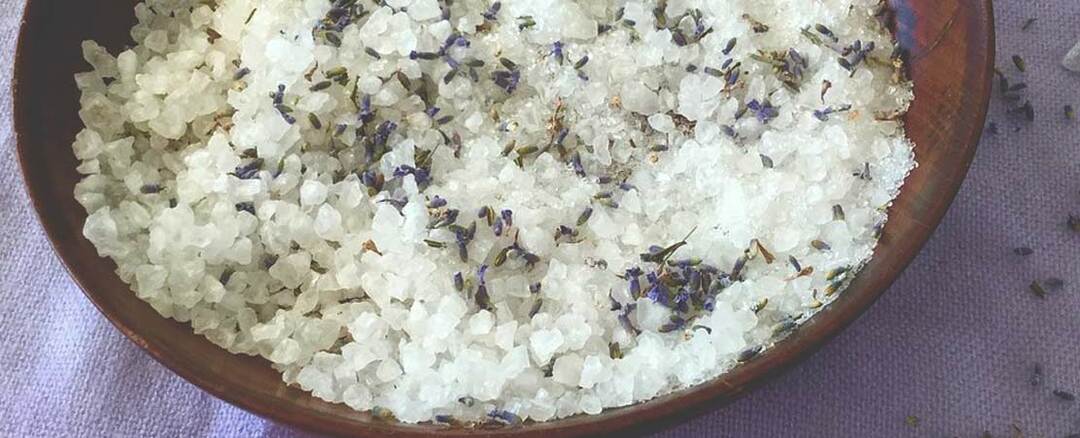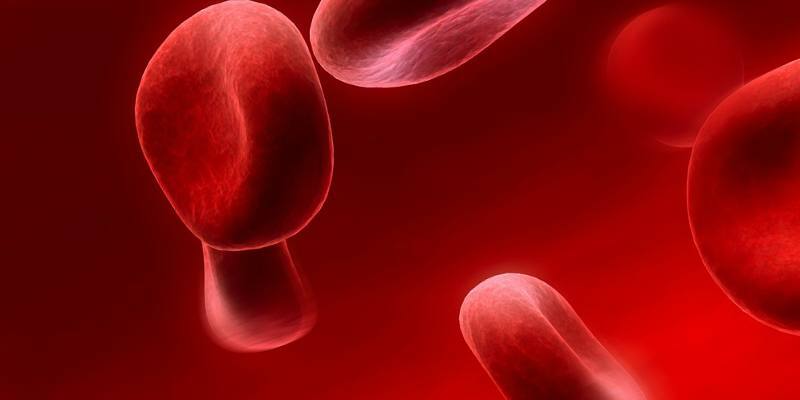
Contents of the page
- 1 Bursitis of the knee joint - symptoms and photos
- 2 Classification of
- 3 Reasons for
- 4 Treatment of
- 5 Operation of bursitis of knee joint
- 6 Folk remedies
- 7 Prevention
- 8 Forecast
Bursitis of the knee joint is an inflammation of the knee joint bursa. Bursa is a slit-shaped cavity( bag), which is usually located near the places of attachment of muscle tendons to the bone or under the tendons themselves, as well as near the joint, and is designed to reduce the frictional force.
It is in these areas that adjacent tissues can shift as much as possible relative to each other. Bursa, as well as the articular cavity, is lined with a special synovial membrane - they often communicate with each other.
In total in the knee joint area, there are about eight major bursae - four of them are closest to the joint cavity. These are infra-, supra- and prepatellar pouches located in the upper and lower part of the knee above the kneecap and the so-called "goose" bursa located on the inner lower region of the knee.
One of the varieties of bursitis "goose" bag was called Baker's cyst, infripatellar bursitis - "jumper's knee".
Bursitis of the knee joint - symptoms and photos
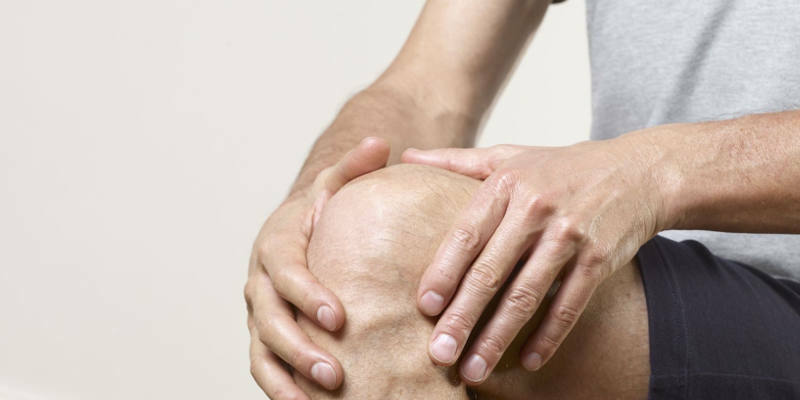 Photo: Bursitis of the knee joint
Photo: Bursitis of the knee joint The bursitis clinic is the symptoms of the inflammatory process:
- edema,
- redness,
- pain,
- increase in local temperature,
- external small deformation and, as a consequence, limited movement.
As a result of inflammation in the bursal cavity accumulates exudate - fluid. The composition of exudate depends on the cause of the disease and the type of pathogen - purulent in bacterial infection, serous - with aseptic inflammation( autoimmune diseases), hemorrhagic fluid with an admixture of inflammatory elements - with traumatic injury.
Symptomatic effect of the localization of the inflamed bag has a pronounced effect. At the clinic, you can immediately determine which of the cavities is involved in the pathological process. So, suprapatellar bursitis of the knee joint can be characterized by severe pain and swelling in the upper region of the knee. Goose - manifests itself after walking up or down, especially on the stairs. With prepatellar bursitis, there is a feeling of stiffness( after a long standing on the knees).Unpleasant feeling disappears after a moderate walk.
For acute forms characterized by a sharp onset and a rapid increase in symptoms, pronounced soreness, especially when trying to perform any movement in the knee joint or at the time of feeling the site of the lesion. The pain radiates to the hip and ankle joints, respectively, from the same side. In the place of defeat - visible edema, redness visible to the naked eye.
Acute bursitis usually has a history of trauma( three to four hours ago).It is very important to begin treatment as soon as possible in order to avoid infection. When the bacterial microflora is attached, the general condition worsens, the temperature rises.
If the treatment was not effective enough or was not brought to its logical conclusion, a chronic process develops. Chronic bursitis can be the result of long-term adverse effects of adverse external( professional) conditions - for example, vibration.
Chronic pathology is characterized by a change in exacerbations and remissions, a sluggish course of the process. During the relapse, all the symptoms that are typical of the acute form of bursitis appear. This condition is dangerous by the formation of cystic formations. Chronic bursitis may require surgical intervention - puncture to remove accumulated exudate followed by washing the bag with antibacterial solutions.
In the light of the prevalence of a specific infection, tuberculosis bursitis should be separately identified. The walls of the cavity are thickened, in the case of a scopic examination, tubercles can be found in it. Externally it looks like a swelling up to ten centimeters in diameter, while the motor function is not broken, the movements are not accompanied by painful sensations. The patient notes general malaise, fever, usually in the evening hours.
With respect to calcareous bursitis - the pathology is characterized by a recurring course. Usually, salt deposits provoke the development of inflammation. After attenuation of the process, exacerbation is possible in case of trauma or infection. To cure such bursitis, it is necessary to remove the calcareous liquid from the cavity and thoroughly wash it.
Classification of
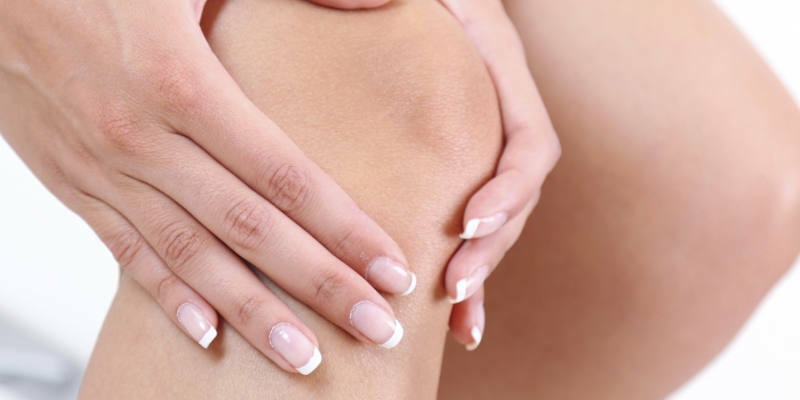
Bursitis is classified by the following features:
- Prevalence of the process. Within one area, several bags can be struck at once;
- With the flow. There are acute, chronic and recurrent. Acute or subacute process can be after trauma or infection. Chronic bursitis is provoked by a long sluggish inflammatory process, often non-infectious. Recurrent bursitis is characteristic of tuberculosis;
- By causative agent. Aseptic processes cause serous bursitis, bacteria - purulent. Purulent-hemorrhagic course of the disease is the result of post-traumatic hemorrhage, complicated by infection;
- Separately, lime bursites are isolated, accompanied by the deposition of salts in the bursal cavity and its walls.
Reasons for
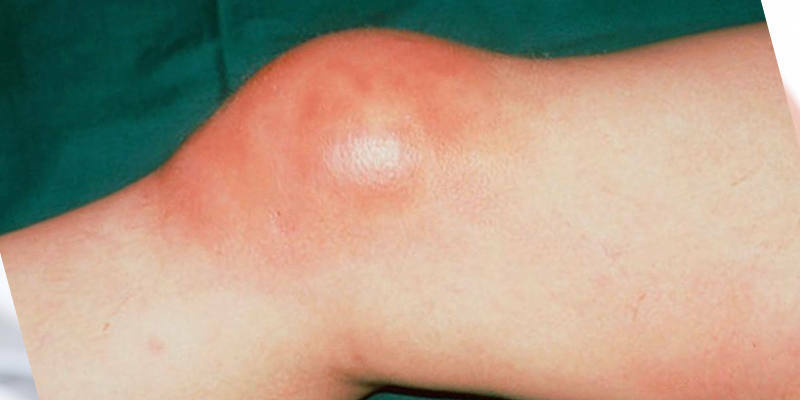
Reasons for bursitis of the knee:
- Injury - both the joint itself and the bag. Impact, fall, external compression of tissues lead to damage to the ligament apparatus and meniscus. Inflammation in this case develops as a reactive process. With a hemorrhage into the cavity, there are opportunities for attaching pathogenic microflora, which can penetrate in many different ways( for example, through blood - hematogenous, or skin damage).After infection, purulent-hemorrhagic bursitis develops.
- Sports. The development of bursitis can lead to. .. a healthy lifestyle. Heavy overload in the occupation of professional sports( often football, weightlifting), lead to a stretching of the ligament apparatus, muscle tendons, respectively, forced deformation of the joint capsule and bags.
- Arthritis, infection.
- Gout. Gout leads to disruption of metabolic processes, manifested by the deposition of salts in different tissues, resulting in inflammation of the joint. Inflammation can spread to neighboring burses associated with the joint cavity.
- Autoimmune diseases are characterized by the development of inflammation due to the fact that the body perceives its own tissues and organs as alien and tries to destroy them. Bursitis can also form as a consequence of autoimmune disease.
- Some bursitis is formed for unknown reasons( more precisely, not detected during a diagnostic examination when the patient is referred to a hospital).
The pre-patellar bursitis of the knee arises most often due to frequent traumatization of this area, the inflammation plays the role of a protective mechanism. The more severity of injuries and the more often they occur, the more serious the disease - up to the formation of an abscess in neglected cases. In this area, swollen bursa can even be palpated.
Suprapatellar bursitis of the knee joint is an ailment of people whose profession is associated with a prolonged kneeling. In the upper region of the knee joint, you can feel the tumor with clear contours - the inflamed bursa.
The infragastular bursitis , often referred to as the "jumper's knee"( as well as tendonitis of the patella ligament - in fact, pathologies accompany each other), occurs when the ligament apparatus is damaged. Normally, the bursa is filled with synovial fluid - this is due to its main function( depreciation).Excessive external pressure - an unsuccessful jump, excess weight - provokes a hemorrhage inside the cavity of the bag and triggers an inflammatory process.
Usually shows unstable pain with prolonged standing position and a slight swelling in the knee area.
"Goose" bursitis - pathology of women in the category of 35 to 45 years, as well as people with excess weight. High stress on the joints leads to microtrauma of the tendons and ligaments. The main feature - pain syndrome occurs when moving on the stairs.
Treatment of
 Photo: Treatment of bursitis of the knee-joint
Photo: Treatment of bursitis of the knee-joint Treatment of bursitis of the knee in an acute form is usually carried out in a conservative way, except in cases of serious injury, when a significant amount of blood is removed from the cavity.
Conservative technique consists of the following items:
- ensuring complete resting of the damaged limb( with the help of longi);
- use of a pressure bandage;
- physiotherapy: laser, magnetotherapy;
- cold - ice, compresses;
- ointments( non-steroidal anti-inflammatory drugs - based on diclofenac, hormones, warming creams), their application is possible only on a holistic skin;
- administration of anti-inflammatory drugs - ibuprofen, diclofenac, aceclofenac;
- use of corticosteroids( only as directed by a physician - inside or intraarticularly).
If there is no effect of treatment within three weeks, it is necessary to change tactics: this fact indicates a complication of the process or inadequacy of therapy.
How to treat bursitis of the knee joint with suspicion of joining a secondary infection? Assign antibacterial agents - in the form of intravenous injections or into the bursal cavity.
Antibiotics of a wide spectrum are used for these purposes, the duration of application is up to ten days. When several bags are damaged, steroid preparations must be used.
To determine the presence of a specific infection, sowing of fluid taken from the bag cavity by puncture is required. The appropriate drugs are needed: in the tuberculosis process - streptomycin, with gonorrhea - penicillins, etc.
According to the indications: detoxification therapy, anesthesia, restorative means.
Treatment of bursitis of the knee in a chronic form requires the removal of exudate from the bursal cavity with washing with medicinal solutions until complete cure.
Surgery for bursitis of the knee joint
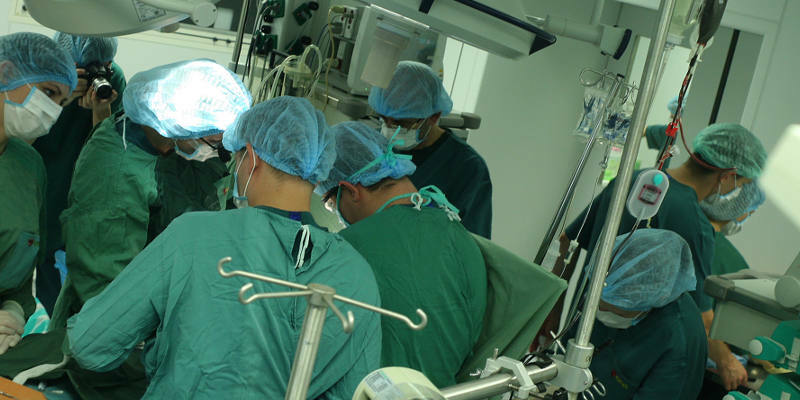
When is surgery necessary?
A cystically altered cavity with concomitant pain syndrome, the formation of an abscess that does not respond to antibiotic therapy is an indication for excision of the cavity.
Requires mandatory opening and subsequent drainage of all purulent forms of bursitis.
The debilitating flow of calcareous bursitis with frequent exacerbations is an occasion for puncture and aspiration of liquid with calcareous deposits.
Progress:
Usually performed under local anesthesia. Cut the bursal tissue or enter the cavity through the puncture hole - depending on the process. Most often remove the top wall of the bag. The cavity is treated with antibiotics, antiseptics. In some cases, the bursa is tamped.
The patient is observed from two hours to several days.
Folk remedies
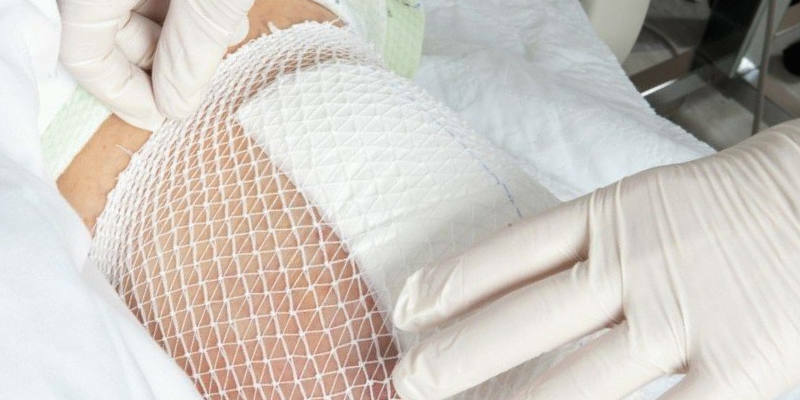
How is bursitis treated at the knee joint at home? The most popular folk remedies:
- , a sheet of fresh white cabbage is applied to the inflamed area, a bandage is put on top, left overnight;
- compresses with crushed Kalanchoe leaves, aloe;fresh leaves of lilac;
- warm baths with pine extract for twenty minutes - excellent anti-inflammatory and local distraction effect;
- inside to improve blood circulation take grapefruit juice.
Folk remedies are effective only in the early stages of an acute process, preferably immediately after the injury. Purulent and neglected pathology is treated only under the supervision of a doctor!
Prevention
Preventive measures are:
- elimination of all inflammatory processes in the body;
- gradual strengthening of the ligament apparatus of the lower limbs;
- refusal to jerk during sports, heavy physical exertion;
- weight control;
- with increased trauma danger - protection of the knee joint area by special devices;
- , if possible, avoid low temperatures to the specified area;
- if necessary in the position of "standing on your knees" - hourly perform warm-ups.
Forecast
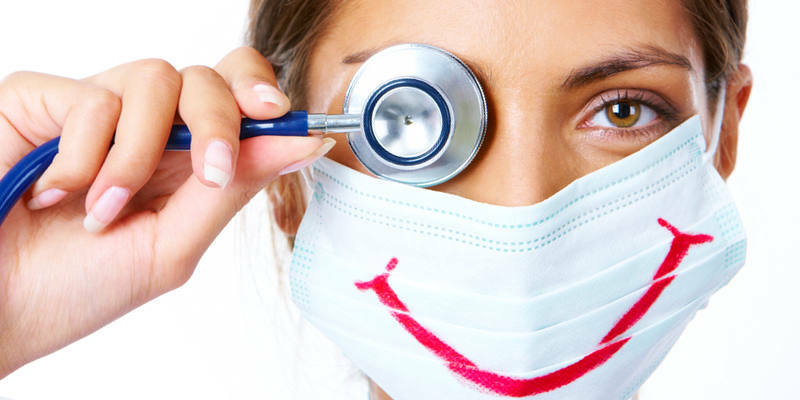
With proper tactics, observance of medical recommendations, full rehabilitation, the forecast is favorable.
In order to avoid the chronization of the process, it is necessary to carry out treatment until full recovery, the signs of which are not only the elimination of the pain syndrome, but also the possibility to perform active movements in the knee joint area.
In some cases it is necessary to eliminate risk factors( occupational hazard): vibration, mechanical effects, prolonged monotonous position.
The prognosis also depends on the stage at which the treatment is started. Running forms as a minimum increase the likelihood of complications and reduce the chance of returning the joint to a full-fledged form in terms of function.
Lesions of mild severity do not necessarily require medical intervention. However, when joining the symptoms of the infectious process or the complexity of the diagnosis, it is necessary to consult a specialist.
Rehabilitation and prevention
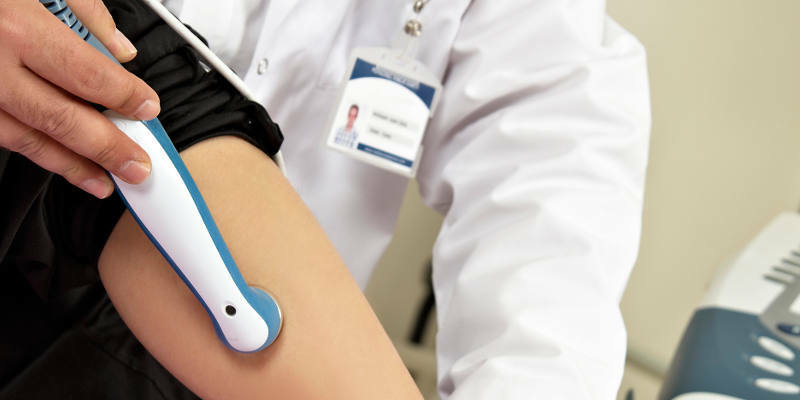
Rehabilitation consists in restoring the former mobility of the joint. For these purposes use:
- physiotherapy techniques;
- massage;
- therapeutic exercises.
Recovery usually takes place within a few weeks. From physiotherapy techniques actively use electrotherapy, thermal procedures. Short-wave diathermy, ultrasound treatment is effective. To reduce the severity of the pain syndrome, electrophoresis with novocaine is used.
Calcareous bursitis with multiple calcification foci in the walls undergoes X-ray therapy in low doses to eliminate inflammation.
With chronic bursitis of the knee joint, sanatorium treatment, hydrogen sulphide and radon baths are indicated.
An important place in rehabilitation is given to exercises. LFK is best performed under the supervision of a doctor or after training by a specialist. Do not include in the program of squats, crossing legs.
Static moderate loads are useful. Place a small towel under the joint area, try to stretch the muscles slowly, without jerks, located on the front femoral surface. With your palm, feel the muscle tension at the moment of its contraction. Lock the indicated position for 5-10 seconds, then also slowly relax. Repeat up to ten times, with pain immediately stop the exercise, ensure peace.

